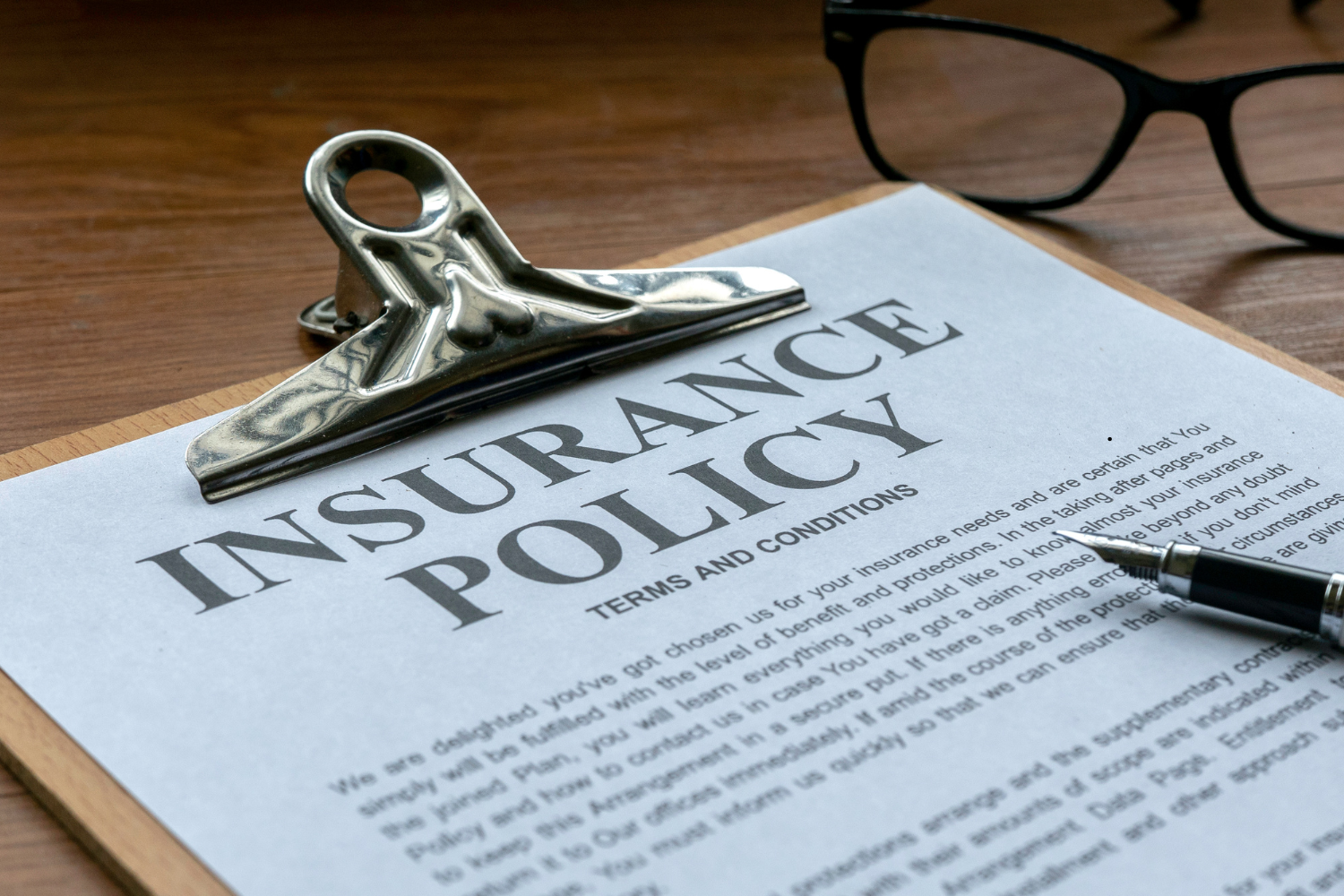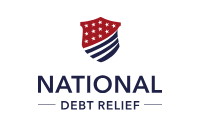Understanding the Different Types of Auto Insurance Coverage

Choosing the right auto insurance coverage is critical to protecting yourself financially. However, understanding the various types of coverage available can feel overwhelming, especially for new or inexperienced drivers. Each type of auto insurance serves a specific purpose, offering different levels of protection in different scenarios.
This comprehensive guide clearly explains the primary auto insurance coverage types, their benefits, when they’re required, and how to select the ideal coverage for your personal needs.
1. Liability Insurance
Liability insurance is the most basic and legally required coverage in nearly all states. It covers bodily injury and property damage you cause to others in an accident.
- Bodily Injury Liability: Pays for medical expenses, lost wages, or legal fees if you’re at fault.
- Property Damage Liability: Covers damage to other people’s property, including vehicles, homes, or structures.
Who Needs It? Legally required in most states; essential for all drivers to protect against potentially significant financial losses.
2. Collision Coverage
Collision insurance covers damage to your vehicle resulting from collisions with other cars or objects, regardless of who’s at fault. It typically includes accidents involving other vehicles, stationary objects (trees, fences), or single-car accidents (rollovers).
Who Needs It? Highly recommended for financed or leased vehicles; advisable for vehicles retaining significant value.
3. Comprehensive Coverage
Comprehensive insurance protects your vehicle from non-collision events such as theft, vandalism, natural disasters, fires, falling objects, or animal collisions.
Who Needs It? Crucial for newer, financed, or leased vehicles, especially if you live in areas prone to theft or severe weather conditions.
4. Personal Injury Protection (PIP)
Personal Injury Protection (often called “no-fault” coverage) pays for medical expenses, lost wages, and other injury-related costs for you and your passengers, regardless of fault.
Who Needs It? Required in many no-fault states; beneficial for comprehensive medical coverage following an accident.
5. Medical Payments Coverage (MedPay)
Medical Payments Coverage covers medical expenses for you and your passengers following an accident, regardless of fault, similar to PIP but usually with lower limits.
Who Needs It? Optional in most states but recommended as an additional protection for medical expenses, especially if you have minimal health insurance coverage.
6. Uninsured/Underinsured Motorist Coverage
This coverage protects you if involved in an accident with a driver who lacks insurance or has insufficient coverage to pay your expenses.
- Uninsured Motorist: Covers expenses if the at-fault driver has no insurance.
- Underinsured Motorist: Covers remaining expenses if the at-fault driver’s insurance limits are too low to fully compensate you.
Who Needs It? Strongly recommended in states with high uninsured driver rates; required in some states.
Choosing the Right Auto Insurance Coverage for You
Selecting the right coverage depends on factors including your vehicle type, state requirements, financial situation, and risk tolerance. Here’s a quick guide:
- Minimum Legal Requirements: Always start with your state’s required minimum liability coverage.
- Vehicle Value: Add collision and comprehensive coverage for newer or high-value vehicles.
- Financial Protection: Include uninsured/underinsured motorist coverage and PIP/MedPay for comprehensive medical protection.
Easily Compare Coverage Options and Pricing
Efficiently comparing coverage types, limits, and pricing across providers is key to finding the best insurance for your needs. Trusted platforms like Insurify and Insure.com quickly provide personalized quotes, enabling straightforward comparisons between multiple providers and coverage options.
For affordable rates tailored to your needs, explore coverage options through Affordable Auto Insurance and insightful financial resources from Finance Buzz.
Common Mistakes to Avoid When Choosing Auto Insurance Coverage
Avoid these pitfalls when selecting coverage:
- Choosing inadequate liability limits: Always opt for sufficient liability coverage to protect your assets fully.
- Skipping uninsured motorist coverage: Essential protection against uninsured or underinsured drivers.
- Misunderstanding comprehensive vs. collision: Clearly understand their distinct purposes and coverage limitations.
- Not comparing quotes: Regular comparisons reveal substantial savings opportunities.
FAQs about Auto Insurance Coverage Types
Q: Is comprehensive coverage necessary if my car is older?
A: Possibly not. Evaluate your vehicle’s value versus premium costs. Older, low-value vehicles may not require comprehensive coverage.
Q: Should I always buy uninsured motorist coverage?
A: Strongly recommended, especially in areas with high uninsured driver rates.
Q: Do I need collision coverage if my vehicle is paid off?
A: Depends on your vehicle’s value and your financial ability to repair or replace it independently after an accident.
Final Thoughts: Understanding Auto Insurance Coverage Clearly
Clearly understanding auto insurance coverage types empowers informed choices, ensuring comprehensive financial protection tailored to your specific needs. Compare policies efficiently with trusted platforms like Insurify, Insure.com, and Affordable Auto Insurance to confidently select the ideal insurance coverage at competitive rates.
Explore Our Categories

Credit Cards

Debt

Loans

Insurance

Retirement

Home Buying

Investing

Taxes
Free Yourself From Debt

National Debt Relief
✅ Reduce Your Debt – Pay Less Than You Owe!
✅ One Simple Monthly Payment – No More Juggling Bills.
✅ Get Relief From Credit Cards, Medical Bills & More
Ranked #1

